CII – Carbon Intensity Indicator
Regulators and other stakeholders in the maritime industry are intensifying their efforts to cut greenhouse gas (GHG) emissions from shipping by improving vessels' energy efficiency as well as introducing new technologies and low or zero-carbon fuels
Regulators and other stakeholders in the maritime industry are intensifying their efforts to cut greenhouse gas (GHG) emissions from shipping. The IMO, as the international regulatory body, set a Greenhouse Gas Reduction Strategy in 2018. One of the goals is to achieve a reduction in carbon intensity of 40% by 2030 compared to the 2008 level. The target is to reduce GHG emissions by improving vessels' energy efficiency as well as introducing new technologies and low or zero-carbon fuels.
In June 2021, the IMO adopted extensive new CO2 regulations applicable to existing ships. The Energy Efficiency Existing Ship Index (EEXI) addressing the technical efficiency of ships, the Carbon Intensity Indicator (CII) rating scheme addressing the operational efficiency, and the enhanced Ship Energy Efficiency Management Plan (SEEMP) addressing the management system.
In June 2021, the IMO adopted extensive new CO2 regulations applicable to existing ships. The Energy Efficiency Existing Ship Index (EEXI) addressing the technical efficiency of ships, the Carbon Intensity Indicator (CII) rating scheme addressing the operational efficiency, and the enhanced Ship Energy Efficiency Management Plan (SEEMP) addressing the management system.
Overview of the Carbon Intensity indicator (CII)
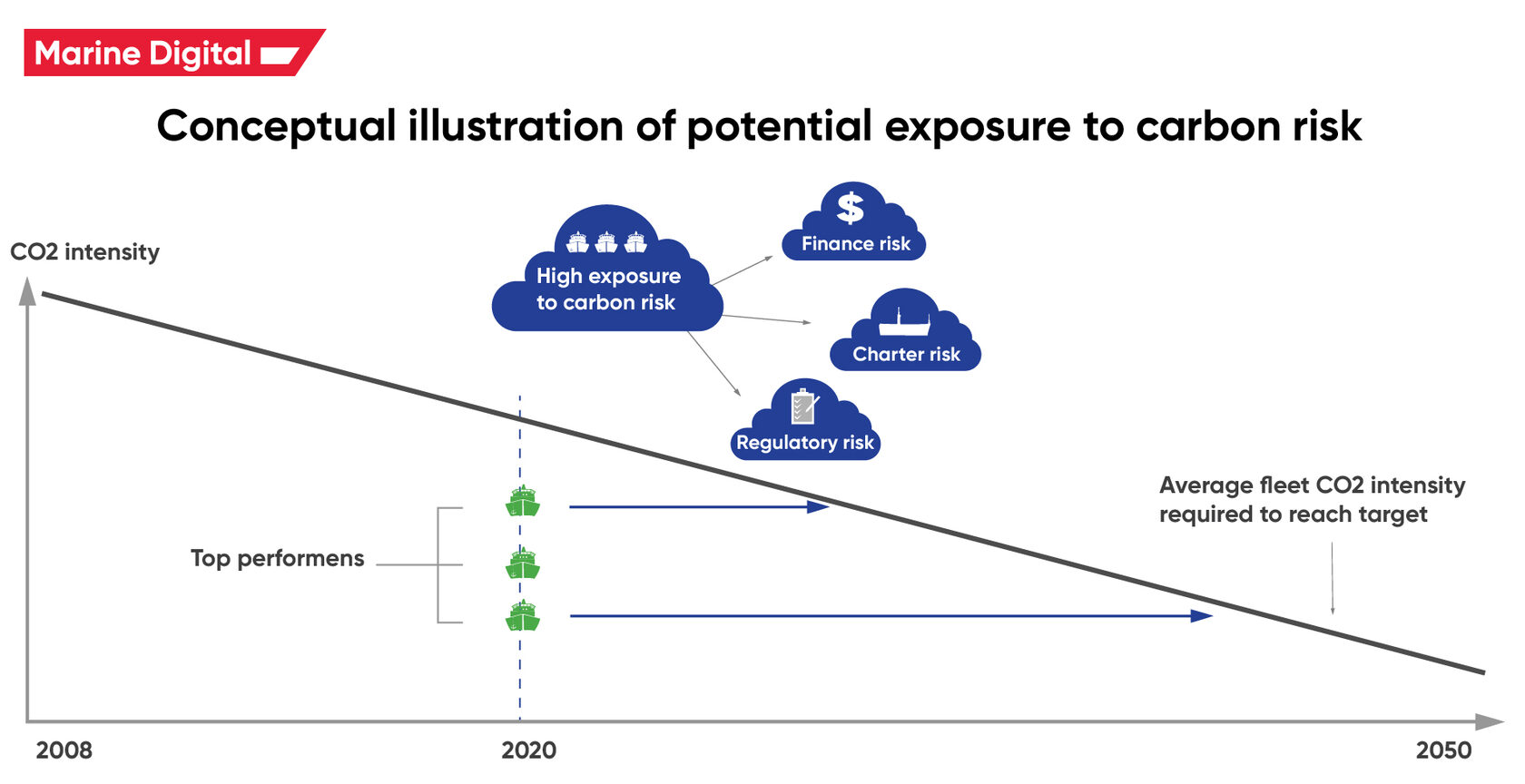
From 2023, the CII requirements will take effect for all cargo, RoPax and cruise vessels above 5,000 GT and trading internationally.
The CII measures how efficiently a ship transports goods or passengers and is given in grams of CO2 emitted per cargo-carrying capacity and nautical mile. The ship is then given an annual rating ranging from A to E, whereby the rating thresholds will become increasingly stringent towards 2030.
While the EEXI is a one-time certification targeting design parameters, the CII addresses the actual emissions in operation.
Sourse: dnv.com
The CII measures how efficiently a ship transports goods or passengers and is given in grams of CO2 emitted per cargo-carrying capacity and nautical mile. The ship is then given an annual rating ranging from A to E, whereby the rating thresholds will become increasingly stringent towards 2030.
While the EEXI is a one-time certification targeting design parameters, the CII addresses the actual emissions in operation.
Sourse: dnv.com
The IMO's Carbon Intensity Indicator (CII)
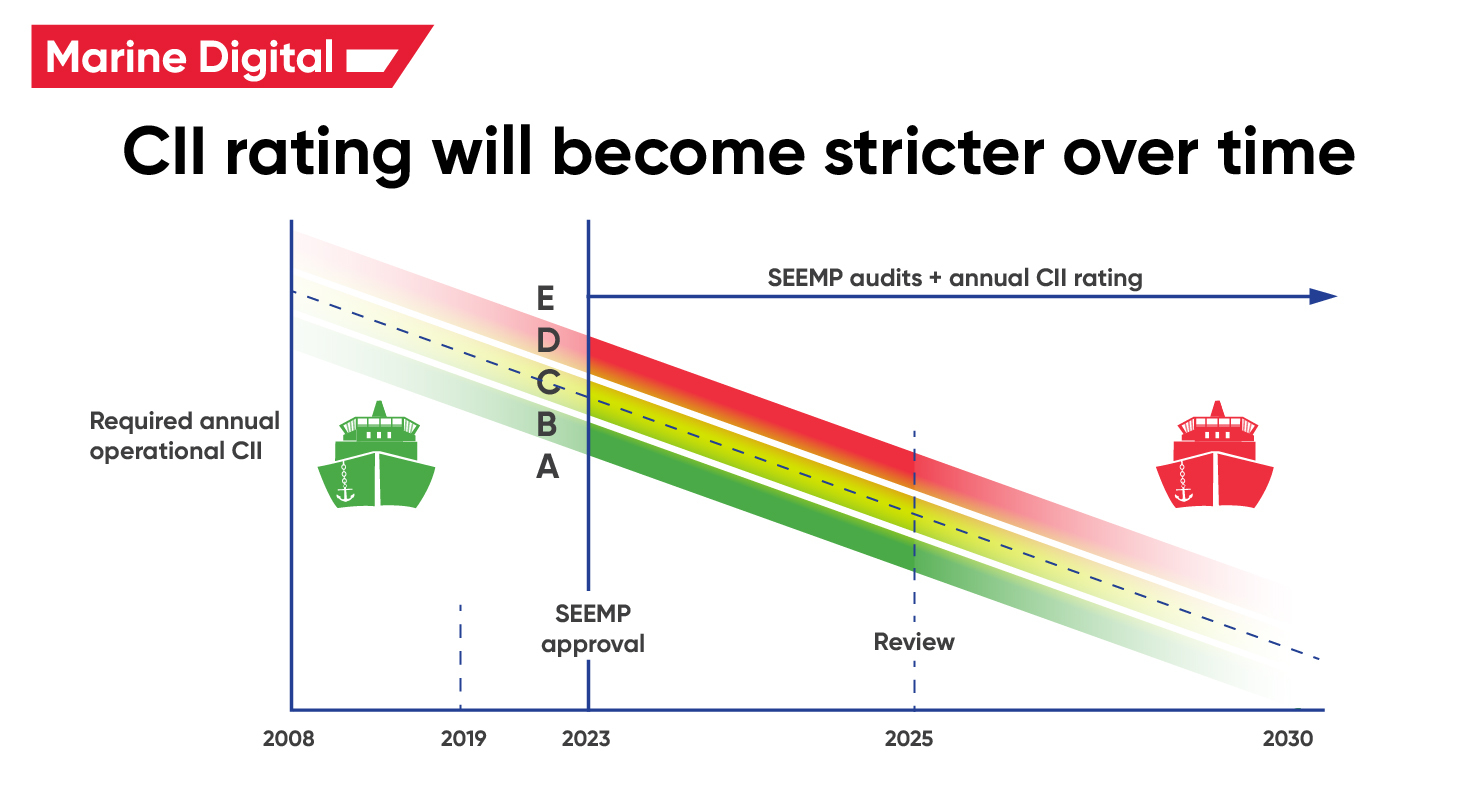
Read more about Reduction in fuel consumption and GHG emissions

TOP 5 factors contributing to lower fuel costs for Shipping companies
Get a presentation with a full description of the features and free pilot project with trial of Marine Digital FOS for 2 months
"Clicking the button, you consent to the processing of personal data and agree to the privacy policy"

Get an overview "The Pathway to Zero Carbon Shipping:
IMO Compliance and CII Optimization through SEEMP" on email and download it for FREE! Leave your email now!
"Clicking the button, you consent to the processing of personal data and agree to the privacy policy, as well as consent to subscribe to the newsletter. "
Аdvantage of Fuel Optimization System from Marine Digital:

Marine Digital FOS can be integrated with other system and third-party's solutions through the API. To implement vessel performance monitoring for any vessel, we are using mathematical algorithms, machine learning and the same equipment as in FOS. The more data we collect from vessels, the more precise reports and recommendations our system will perform according to your individual requirements in fleet management.
If you have any questions about the solutions and the Marine Digital System platform, write to us, we will be happy to answer
If you have any questions about the solutions and the Marine Digital System platform, write to us, we will be happy to answer
Increased business process speed
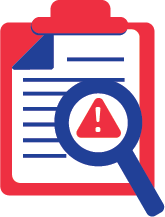
Reducing to zero the number of errors

Best offer to the clients
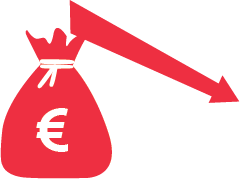
Reduction in operating expenses
Have a questions?






